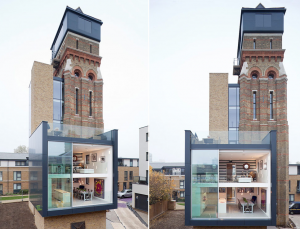In almost all of our client engagements we begin with a Discovery Stage. The major component of that stage is a project analysis call where we provide an initial recommendation about the property’s viability. Sometimes the trickiest projects to evaluate are those outside of major metropolitan areas but we can still make a solid assessment of the property without ever visiting the location. How? The 40-75-15 Rule.
The 40-75-15 Rule is something we developed and has served us well for a long time. It’s based on several decades of experience observing three factors that tip the scale for or against a property’s potential:
-
Is the property within 75 miles of a major metropolitan area?
-
Is the property more than 40 miles away from that major metro area?
-
Is the property within 15 miles of an interstate highway?
If the answer is “yes” to these three questions you have significantly increased your chances for a good investment. The reason this works is because it’s accounting for the path of predictable growth (which we affectionately refer to as POP-G). For instance, a city in southern Wisconsin that falls within the 40-75-15 Rule will eventually be part of the Chicago area. That’s a good place to be now before more growth happens.
Like many rules in business there are some exceptions. If, for example, a town doesn’t fall neatly into the 15 miles from an interstate highway but has a good commuter rail line or bus system then it may not matter how much further from an interstate highway it is.
In all of these cases people have changed the way they work and that’s driving this expansion. They may like the city but they like some distance from it too. They can get more property cheaper and they can telecommute too. They can have big city advantages with a small town life and small town expenses. Those people will need restaurants and coffee shops and retail stores. Perhaps your property will be able to meet that growing need. Applying the 40-75-15 Rule can help you figure out if that’s likely to happen for you.
